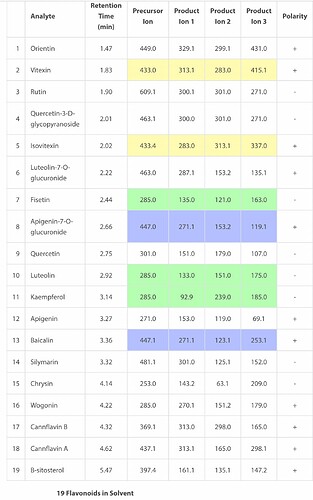I agree companies have not been the best at providing all the info required so I apologize on my behalf. Being that we also have a lab in which we extract and do rnd daily, I have a good amount of information I can share with you
Silica 60: It is mainly used in chromatography and does not have any pigment remediation capabilities. The reason it is used is because when used as the first layer on top in the crc it will do what it is meant for which is chromatography. When this happens it will separate the oil into fractions going into the clay thus exposing the pigments to the clays first. For old material we’re the cannabinoids have degraded into other compounds, this is great since the pigments will be homogenized with the oils that have degraded thus making it harder to remediate with clay alone.
Bentonite: there is a variety of bentonite on the market. The reason for is that the clay is the main component in the crc. Since it’s doing the heavy adsorption, the user must dial in the parameters to achieve the desired results. For example, on live material you will not have many impurities therefor you will not need an acid activated clay as it could degrade your terpenes. A natural clay will be best in that scenario. For the opposite, old material will need an acid activated clay and high moisture as well to help deal with all pigments and gums that have been produced from the biomass aging or it’s storage conditions.
UltraClear: it is mainly used to remove excess moisture or acids in the oils. It helps improve color and clarity when mixed with other bentonite powders. Other use it to break the impact of the flow coming in and ensure an even flow into the filter. It warms up slightly in the beginning which can help avoid clogs for those running cold and it is also used to help increase permeability in filters exceeding 12” in height.
ChloroSorbs: these are carbon/bentonite blends that are mainly used to deodorize and improve bleaching. The carbon in these can hold onto thca so it is only used when required.
Alumina: alumina is great for removing the excess moisture in the oils that has been picked up from the clays. While the moisture helps in improving the clarity of the oil, it can also be a pro oxidant if not removed making your oil turn red/brown faster while in storage. Neutral alumina is also used to remove excess acids after using acidic sorbents. Leaving the oil acidic can have negative reactions on the terpenes when adding heat to the oil for example in the oven or in a diamond miner.
Copper: It is used to remove sulphur from extract. Here’s the link you need
https://www.restek.com/en/products/sample-preparation--air-sampling/sample-preparation-products/SPE/6605/
Here are some SOPs for dealing with different biomass qualities.
Old material
https://static1.squarespace.com/static/5e31e645eae2ff159d32fb11/t/61ed599e622ed76b1ce71db8/1642944929856/Old+Material+SOP.pdf
Cured material
https://static1.squarespace.com/static/5e31e645eae2ff159d32fb11/t/61ed59c0da901f7a0e288166/1642944962511/Cured+Material+SOP.pdf
Live material
https://static1.squarespace.com/static/5e31e645eae2ff159d32fb11/t/61ed59e7be1e3752a68652e3/1642945012004/Live+Material+SOP.pdf
I hope this info helps. If there’s any others you want more information on, I’m more than happy to help. We are also doing a class this February 26-27 with @IlluminatedExtractor in San Diego where we will be doing a live extraction demo with their system as well as describing the adsorbents further.
